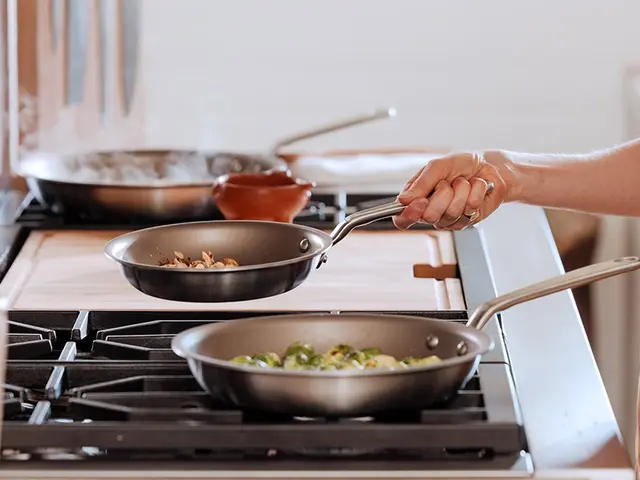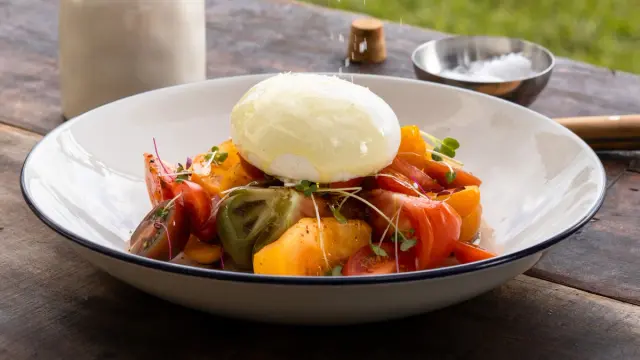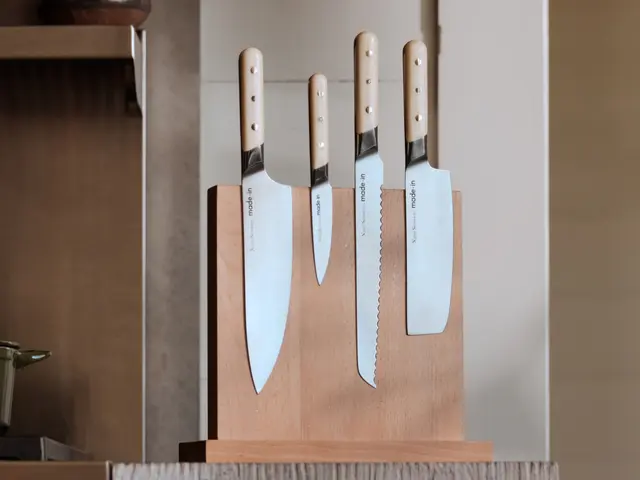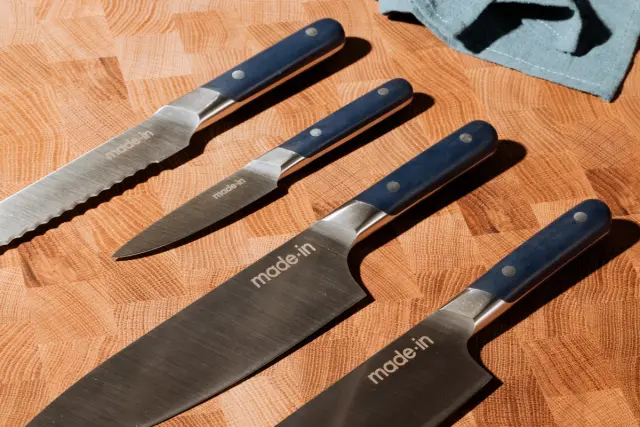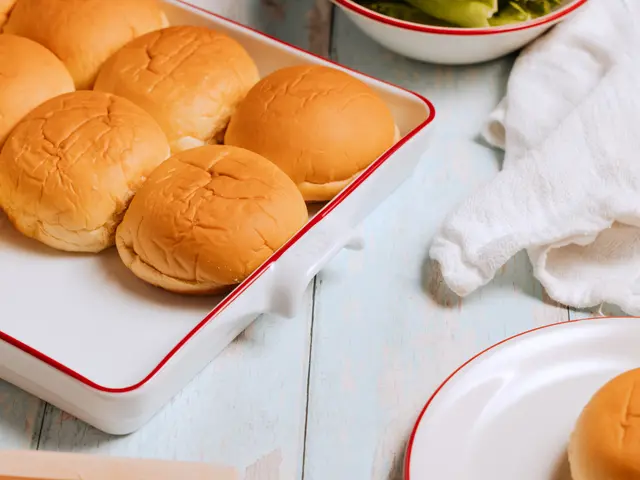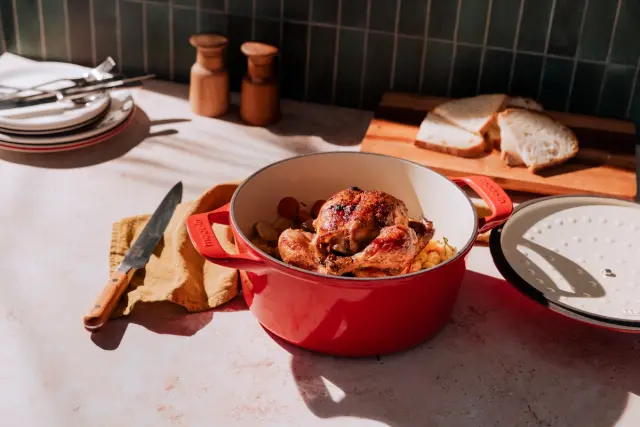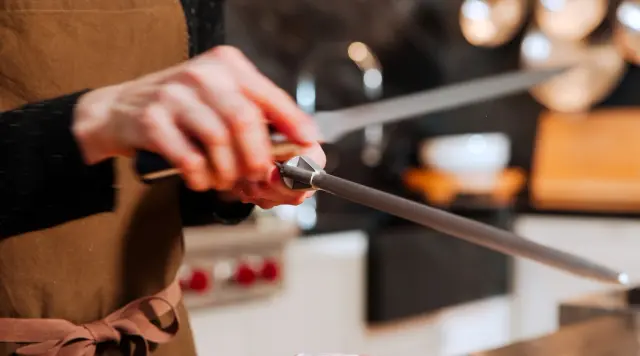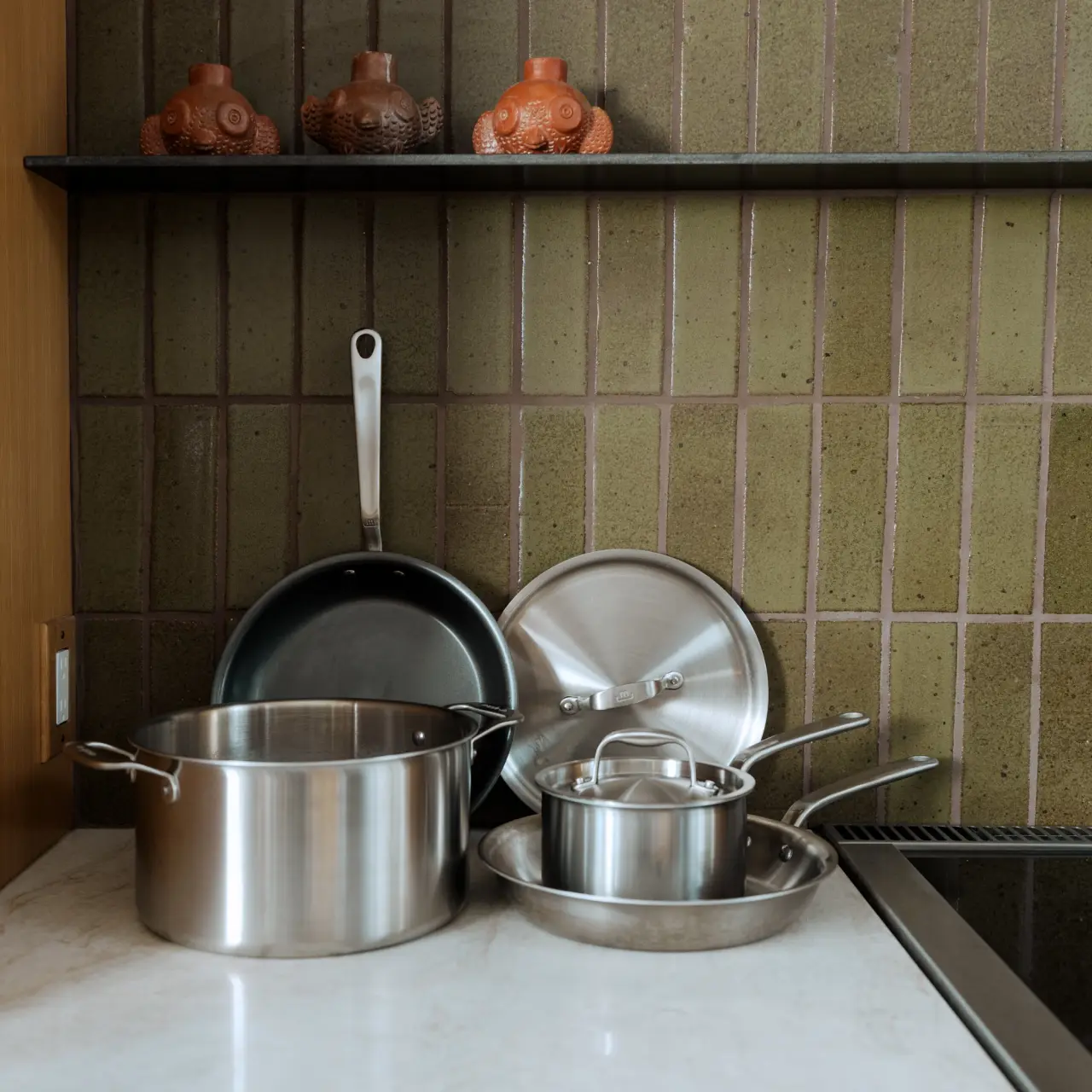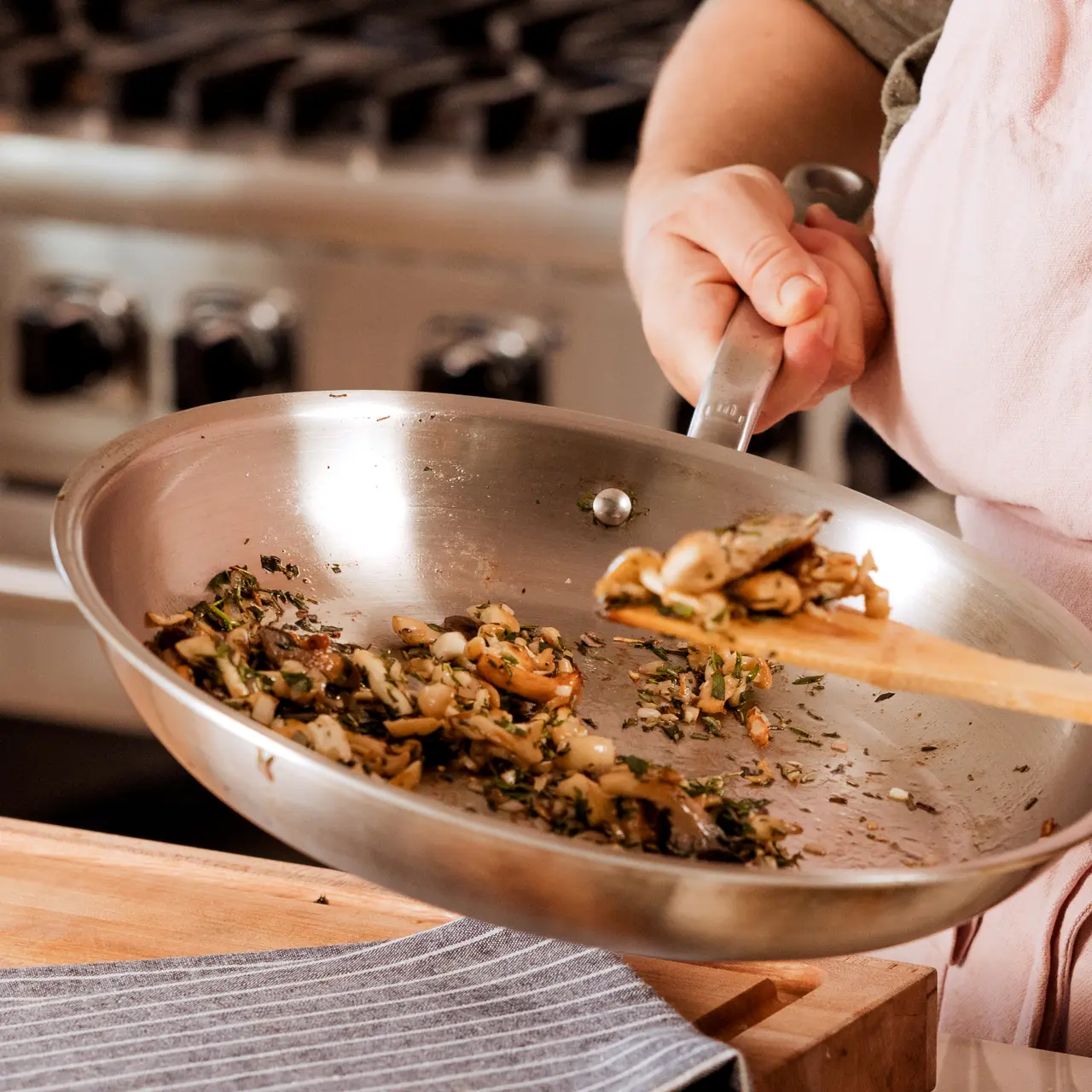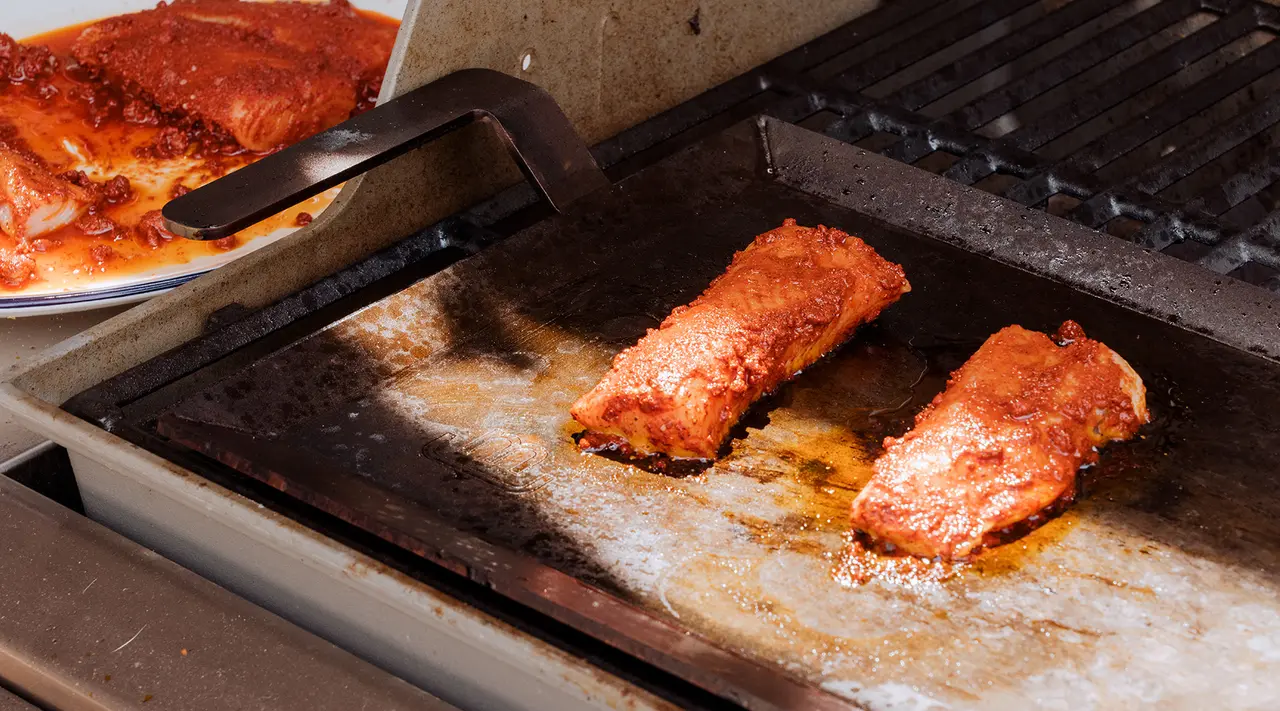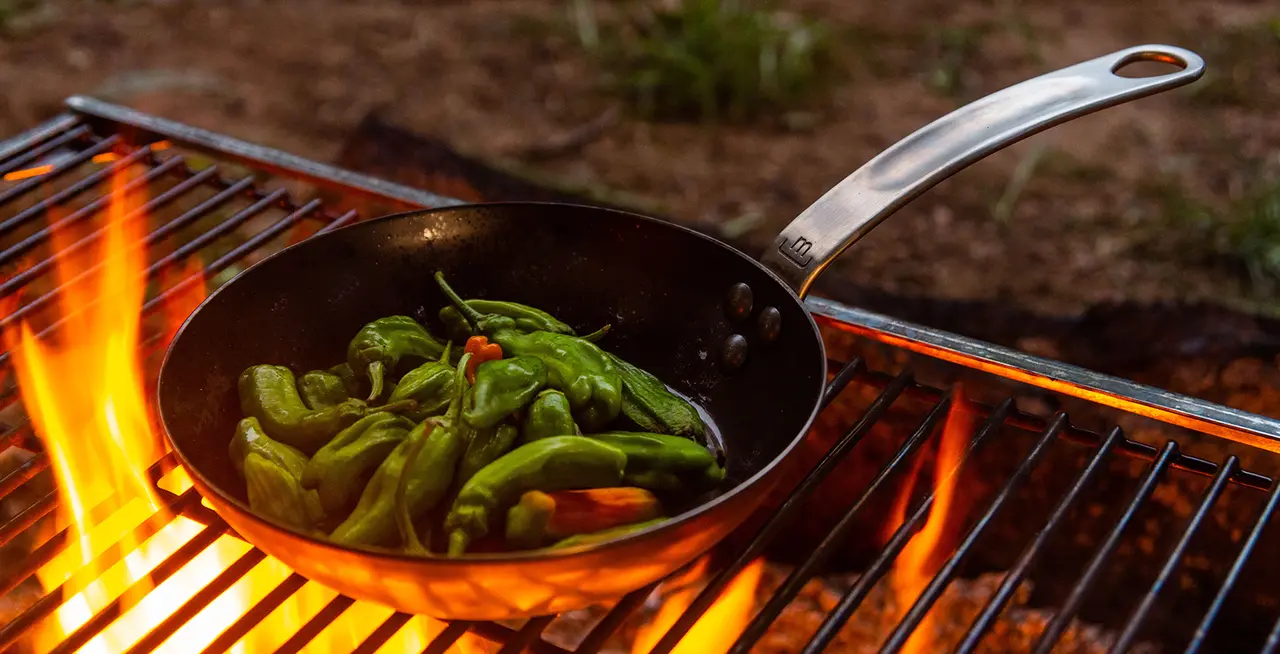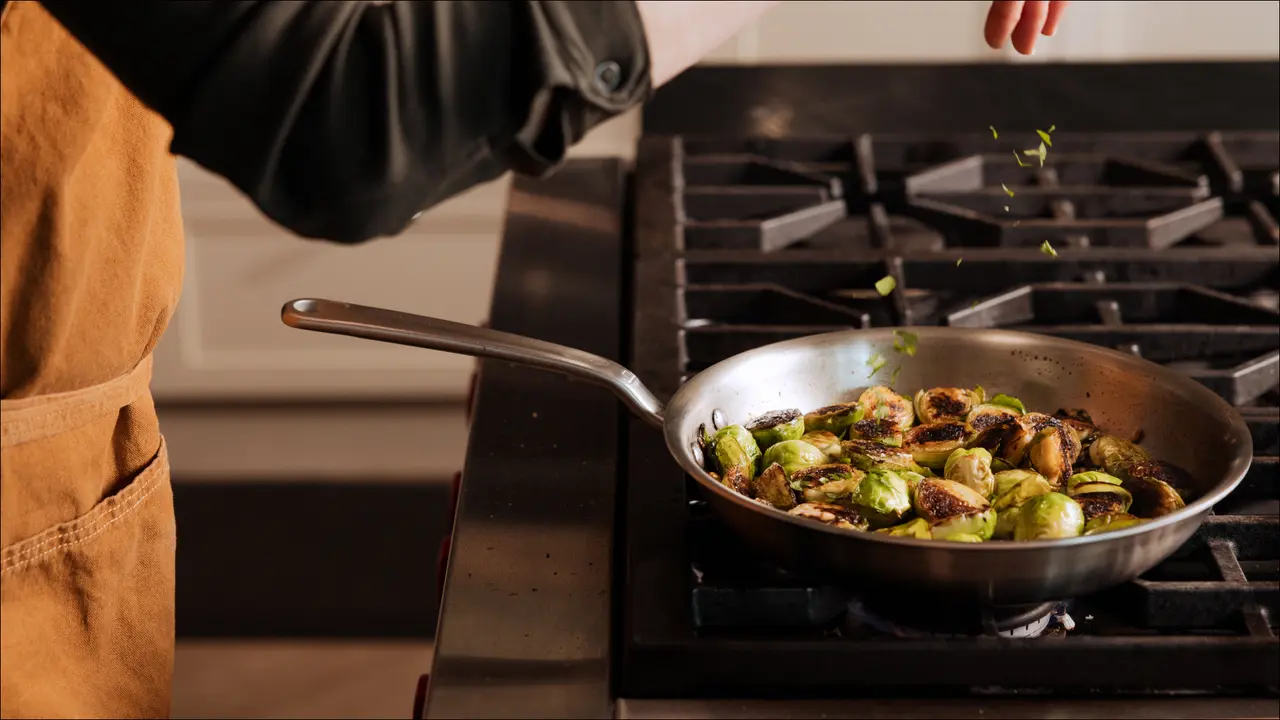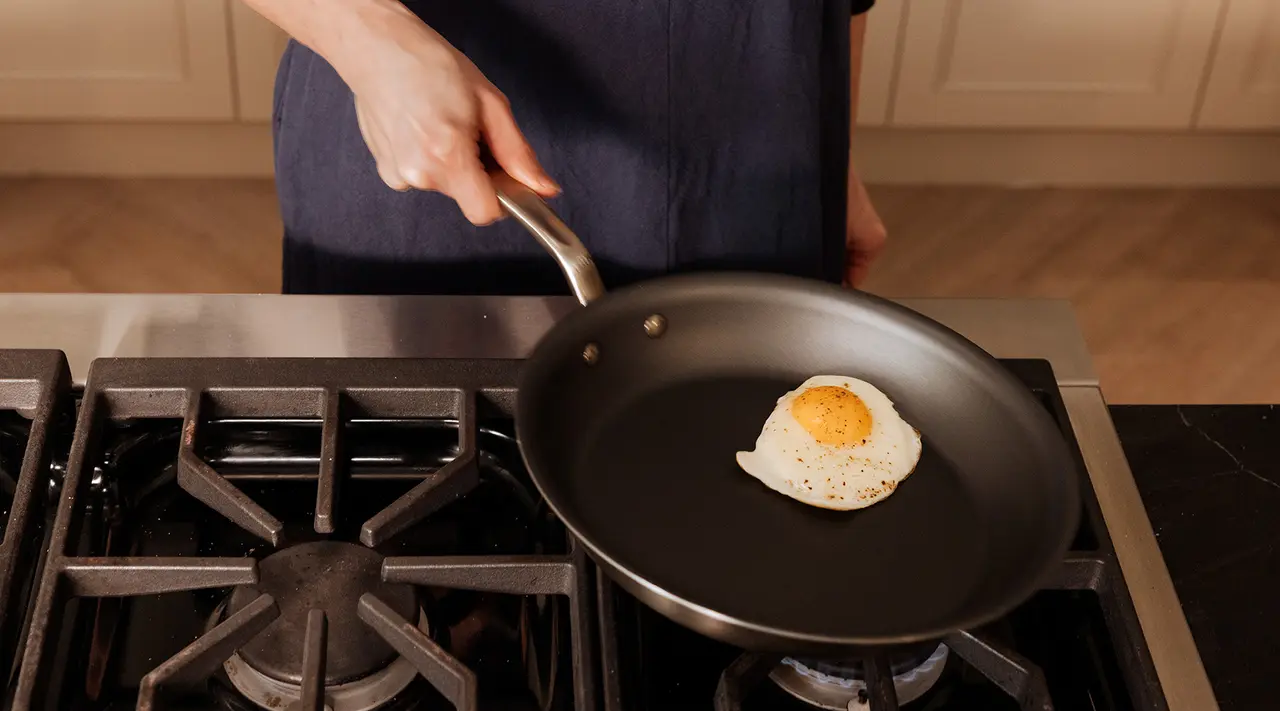If you own an induction cooktop, you likely know that you need induction-compatible cookware, but may not know what materials fit that bill or what the best cookware for induction is.
While stainless steel cookware will, for the most part, work on an induction cooktop, even this popular cookware staple has its limits for induction cooking. Here’s what you need to know about how stainless cookware works with induction stovetops.
Is Stainless Steel Induction Compatible?
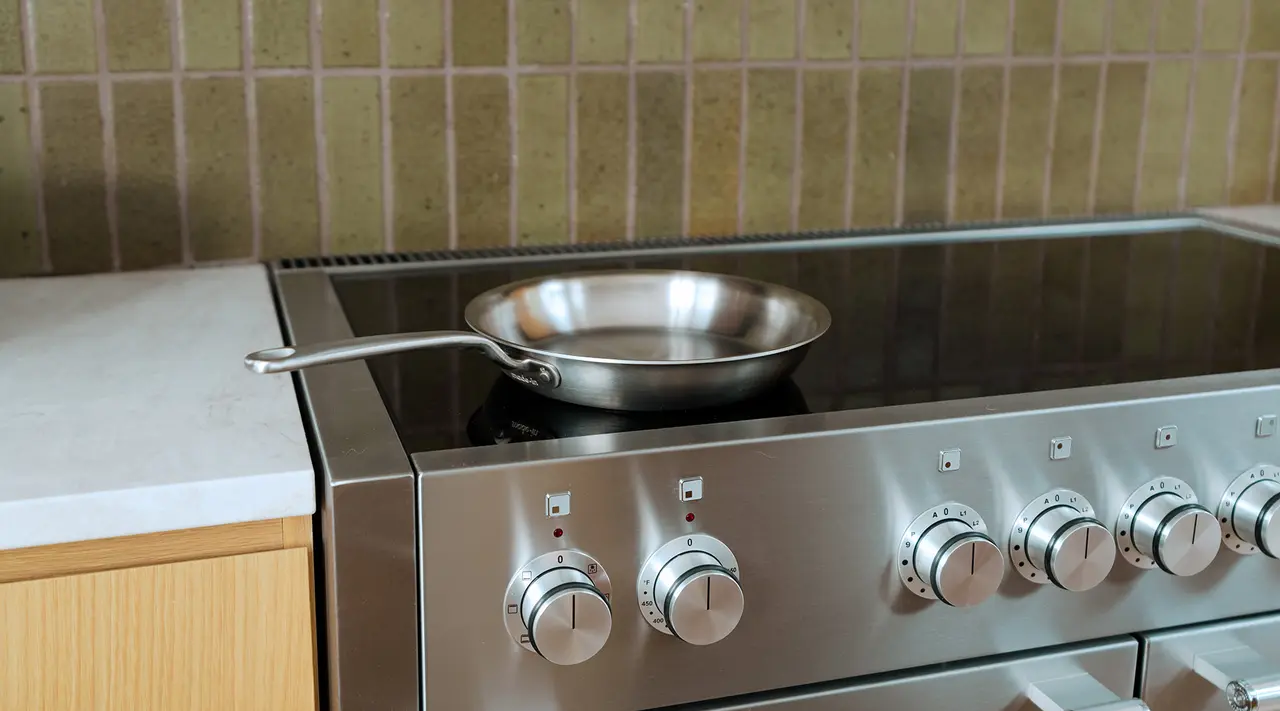
The electromagnetism that heats an induction stovetop requires compatible cookware to be made with a ferromagnetic material. Cookware like carbon steel, stainless steel, and cast iron are commonly induction compatible, while materials like copper, glass, and aluminum are not.
While stainless steel cookware is widely regarded as an induction compatible material, there's a small caveat to consider: not all types of stainless steel will work on an induction cooktop. This means that when you are choosing stainless for your induction cooktop, it's important to know which types are, actually, induction compatible.
How to Know Your Stainless Is Induction Compatible
Stainless steel cookware works on an induction stovetop only if the base of the cookware is made with a magnetic grade of stainless steel. Stainless steel 432 and ferritic stainless steels, which both have a magnetic field, makes them both great choices for induction cooktops. Those with a high nickel content will not work because the magnetic field will be blocked.
You'll notice some cheaper pans have a stainless plate "sandwiched" onto the bottom of the pan in order to make it induction compatible. While these will technically work on induction cooktops, the heat will not go all the way up the sides and will result in hot or cold spots due ton uneven heating—unlike a pan made of fully ferromagentic materials, like our Stainless Clad Collection.
How Stainless Steel Works on Induction
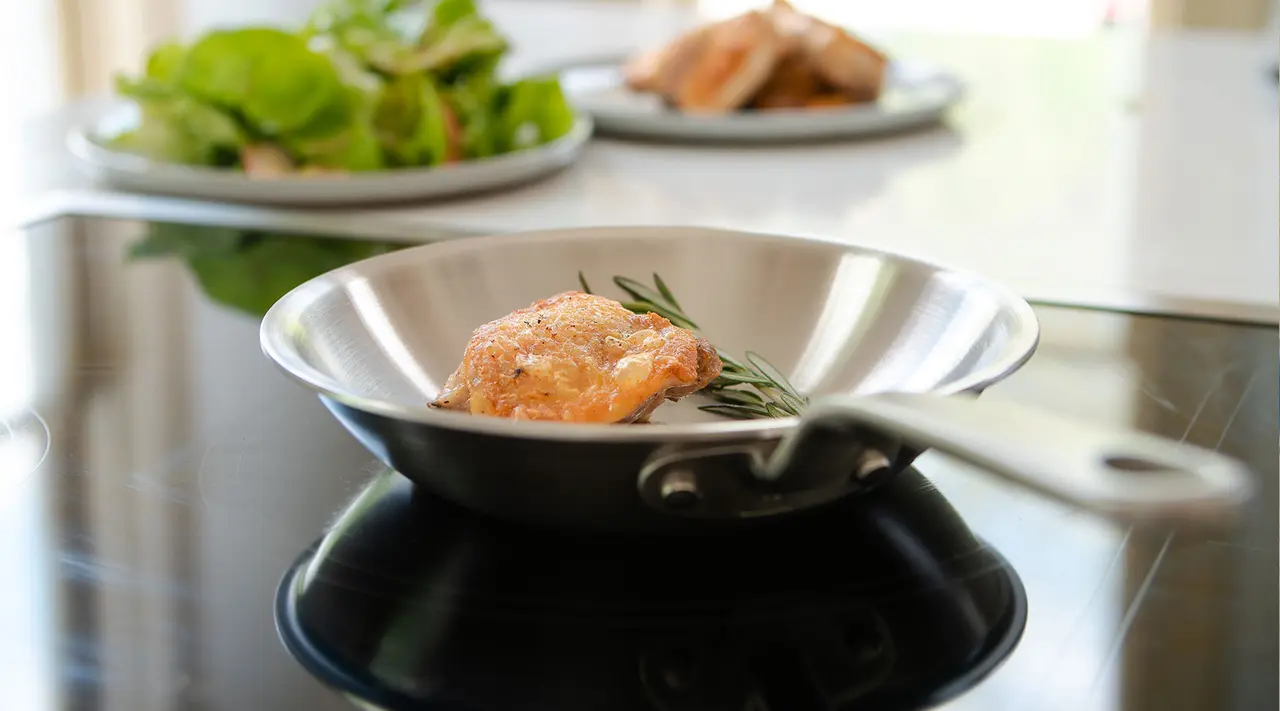
Induction cooking uses a different technique than cooking with an electric or gas stove, which is why induction compatible cookware is a must. Instead of turning a burner on that generates a flame, induction works by creating an oscillating magnetic field when a copper coil and electric current join forces on the stovetop. The electric coupling with the magnetic field then permeates the cookware’s bottom to generate heat, which is then used to cook the food.
Induction cooking uses less heat, is more controlled, and is also more responsive to changes in temperature, meaning that it can be quickly switched on and off. Induction cooking is also a safer way to cook with easier clean-up, as only the bottom of the cookware gets hot while the other parts of the cooktop remain cool to touch.
Most induction compatible stainless steel cookware, like our Stainless Clad line, offers a layer of stainless steel at the bottom of the pan as well as a copper or aluminum layer inside, since these materials are better conductors than just stainless steel alone.
How to Test for Induction Compatibility
To see if your favorite stainless cookware is induction compatible, there is an easy test you can perform before use. Simply take a regular magnet—a fridge magnet will do just fine—and check to see if it reacts to the bottom of the cookware.
If the magnet sticks to or is repelled by the cookware, this means it was made to work with induction stovetops. If the magnet does not stick or has a very weak reaction, the pots and pans are not a magnetic grade and are not considered to be induction compatible. To see the difference, test this with a stainless pan and then a plate—the reaction differences should be obvious.
Today, many manufacturers indicate that the cookware is induction compatible by including a special symbol on the bottom that is designed to look like a coil, a horizontal zig-zag, or have the word “induction” inscribed on it.
Ready to Shop?
Choosing induction compatible cookware, like our Stainless Clad Cookware, that will work well with your stove is the best way to ensure your food is cooked evenly each and every time. In addition, its low maintenance and high resistance to corrosion makes it an excellent choice for all home cooks, regardless of stove type—it's compatible with every stove type, including induction, gas, and electric (and even the oven, to boot).
